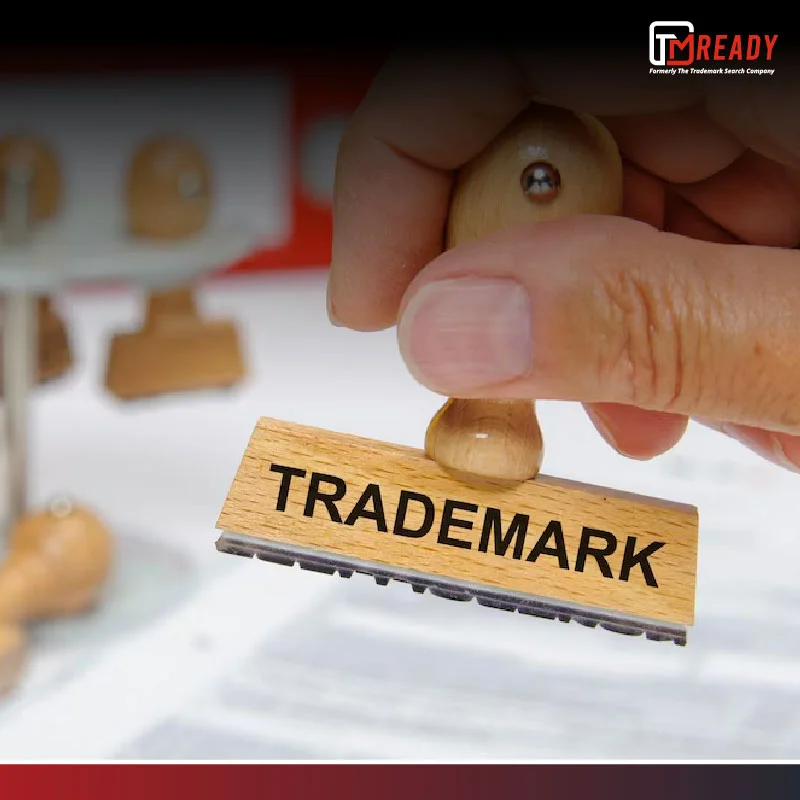Legally? No, you don’t have to trademark your logo. Plenty of businesses get by without doing it. But practically? In many cases, it’s a very smart move. Trademarking gives you legal rights, protects your brand identity, and can save you from some very expensive headaches later.
Whether you should file now depends on things like how established your business is, how unique your logo looks, and whether you plan to grow beyond your local market.
Table of Contents
ToggleWhy Should I Trademark my Logo?
A registered trademark gives you exclusive rights to use your logo with your products or services. That means if someone tries to copy or mimic it, you have the legal backing to stop them.
It also adds real value to your brand. Investors and partners see registered trademarks as signs of professionalism and long-term commitment. Plus, trademarks can be licensed or franchised, creating extra revenue streams.
And let’s not forget risk protection. Without a trademark, you could end up rebranding if someone else has prior rights. That means new packaging, new website, new marketing—the works. Not cheap.
A Plausible Real-life Story: A café spent years building up its logo recognition, only to discover another company had registered something similar first. They were forced to rebrand, losing both money and customer loyalty. A trademark filed early could have prevented it.
Is it too early for me to Trademark my Logo?
There are times when holding off makes sense:
- Early days: If you’re just testing your idea or only serving a handful of customers, a trademark may not be urgent.
- Weak logo design: If your logo is very generic (like “Best Coffee” with a cup icon), it may not qualify for strong protection anyway.
- Local-only use: In some cases, common law rights (rights you get just by using your logo in business) may be enough in the short term.
- Budget priorities: Filing fees and attorney costs can add up. If your logo isn’t final, waiting might save you from filing twice.
What Happens if I don’t Trademark my Logo?
If you don’t trademark your logo, several risks can arise:
- Infringement Claims – Another business with a registered trademark could accuse you of infringing on their rights. This could lead to legal disputes, financial penalties, or being forced to stop using your logo altogether.
- Costly Rebranding – Imagine building your brand identity—packaging, website, signage—only to discover you can’t legally use your logo. Rebranding can be expensive and disruptive.
- Lost Exclusivity – Without a trademark, competitors may adopt a similar logo, causing confusion in the marketplace and weakening your brand’s distinctiveness.
- Limited Legal Protection – Common law rights only offer minimal, geographically limited protection. Enforcing them is harder and often more expensive than enforcing a registered trademark.
- Missed Business Opportunities – Trademarks are assets. Without registration, you may struggle with licensing, franchising, or attracting investors who value IP protection.
Should I Trademark both my Name and Logo? What’s the difference?
Yes, you should.
- Trademarking your name (word mark) protects the text itself, no matter what font or style it’s in.
- Trademarking your logo (design mark) protects the actual look and feel of your design.
- Doing both is ideal if your name and logo are both central to your brand identity. Think of Nike: both “NIKE” and the swoosh are registered trademarks.
What Trademarking a Logo Doesn’t Do
A trademark is powerful, but it has it’s limitations-
- It only protects you where you file. A U.S. trademark covers you in the U.S.—not automatically worldwide.
- It doesn’t stop all uses. Generic or descriptive uses may still be allowed under “fair use.”
- It doesn’t last forever on autopilot. You have to renew it at regular intervals.
Myth check:
- “If I don’t use ™, someone can steal my logo.” No. You gain some rights just by using your logo in business. ™ and ® are just signals of your rights.
- “Once I trademark, no one can use anything similar.” Not true. It depends on your industry, distinctiveness, and likelihood of confusion.
Can I Trademark My Company’s Internet Domain Name?
Yes, you can trademark your company’s internet domain name, but only under certain conditions. The domain name must function as a source identifier for your goods or services, not just as a web address. For example, if your domain name is simply descriptive (like bestshoes.com), it likely won’t qualify. But if the domain itself is distinctive and used as a brand name (like Amazon.com), then it can be registered as a trademark.
How Do I Trademark A Logo By Myself?
Step 1: Search
Check the USPTO database, state registries, and even online use to see if similar logos already exist. To be 100% sure, you can opt for a comprehensive trademark search with a reliable service provider.
Step 2: Apply
File your application with a drawing of your logo, a description of your goods/services, and the right classification.
Step 3: Review
The USPTO will examine your application. Sometimes they issue “office actions” (questions or objections).
Step 4: Approval
If no one opposes it, your logo gets registered.
Step 5: Maintain it
You’ll need to renew at certain deadlines (5–6 years, then every 10).
How Much does it Cost and What is the TAT?
- Fees: USPTO filing fees start at $250–$350 per class. Add attorney fees if you want professional help.
- Time: Usually 12–18 months from filing to registration.
- Risks: Rejection if your logo is too similar to another mark, too descriptive, or filed in the wrong class. And don’t forget—if you don’t renew, your rights expire.
FAQs
Can I use ® right away?
Nope. You can only use ® once your mark is fully registered. Until then, stick with ™.
Do I need a lawyer?
Not necessarily, but it really helps avoid costly mistakes.
What if my logo changes?
If it’s a major change, you’ll likely need to file again.
Can I trademark in other countries?
Yes—you’ll need to file in each country (or use treaties like the Madrid Protocol).
Does a trademark cover colors or fonts?
It depends. If you file in black-and-white, it may cover more variations. If you file in color, your protection is tied to that look.
Closing Thoughts
You don’t always need to trademark your logo. But if your brand is growing, your logo is distinctive, and you’re investing in marketing, it is the smart move.
Quick checklist—if you say “yes” to 3 or more, think seriously about filing:
- Your logo is unique, not generic
- You’re spending on branding/marketing
- You want to expand beyond your town or city
- You’d hate to rebrand if someone challenged you
If that sounds like you, now’s the time to act.
Start with our trademark search services—so your brand gets the protection it deserves.
Still unsure how to proceed with trademarking your logo? Contact Us Now




